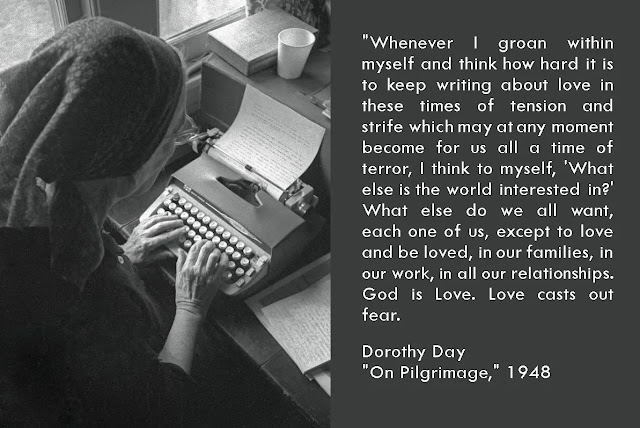One of the O Antiphons during Advent celebrates the oriens, or eastern dawn, coming dayspring. On Dec. 21, the shortest day of the year, we pray, “O Radiant Dawn, splendor of eternal light, sun of justice: come and shine on those who dwell in darkness and in the shadow of death.”
Dayspring is another way of saying dawn. It is the first
light. Isaiah prophesied, “The people walking in darkness have seen a great
light; on those living in the land of the shadow of death a light has dawned” (Isaiah
9:2). Then at the birth of John Zechariah prophesied, “And you, child, will be
called prophet of the Most High, for you will go before the Lord to
prepare his ways, to give his people knowledge of salvation through the
forgiveness of their sins, because of the tender mercy
of our God by which the daybreak from on high will visit us to
shine on those who sit in darkness and death’s shadow, to guide our feet into
the path of peace” (Luke 1:76-79).
In an age of electric lights everywhere, it’s difficult to
remember the power of light in darkness. It is vision; it is warmth; it is
growth. Light means life and renewal.
Regardless of Jesus’ actual birthdate, we celebrate the Light
of the World’s arrival at the darkest time of year, because the darkness
reminds of the power of light. Even the faint, yellow glow of a winter sunrise illuminates
the sky and ushers in the day. As the days grow shorter, we light candles and
hang lights. We long for light, for hope, in a darkening world.
And Jesus is that light. He is the dawn, the dayspring, that casts back the darkness and brings warmth and life.
O come, O Bright and Morning Star,
and bring us comfort from afar!
Dispel the shadows of the night
and turn our darkness into light.
Rejoice! Rejoice! Immanuel
shall come to you, O Israel.
_(2).jpg)



.JPEG)





























